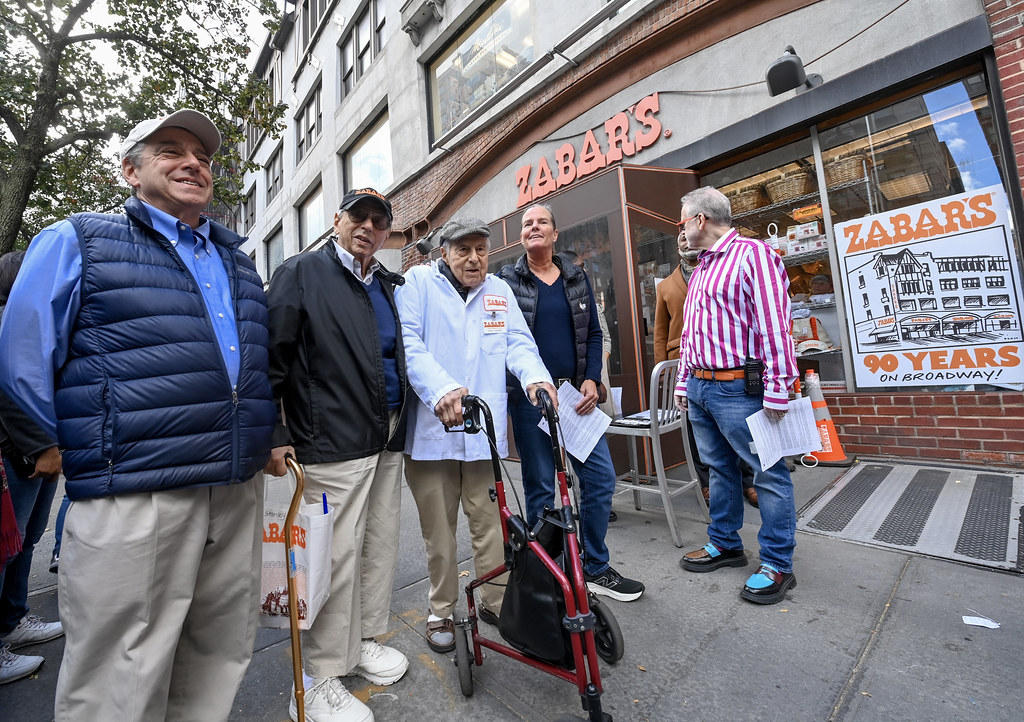
In the vibrant tapestry of New York City, certain names become synonymous with the very essence of urban life, weaving themselves into the daily routines and cherished memories of millions. Among these titans stands Zabar’s, the iconic Upper West Side food emporium that, for more than seven decades, was meticulously shaped and tirelessly led by Saul Zabar. His passing on Tuesday in Manhattan, at the remarkable age of 97, marks the end of an era, but his legacy, rich with the aroma of smoked fish, pungent coffee, and tangy cheese, remains indelibly etched in the city’s soul.
Saul Zabar was not merely a merchant; he was, as many have called him, a true New York legend, a lox-smith who helped fortify generations of New Yorkers and beyond. What began as a humble smoked-fish department in a Daitch supermarket in 1934, founded by his parents Louis and Lillian Zabar, blossomed under Saul’s stewardship into a world-renowned enterprise. It is a story not just of commerce, but of profound dedication, an unwavering commitment to quality, and a deep understanding of what New Yorkers truly desired on their plates and in their lives.
His journey was an unexpected one, a temporary assignment that became a lifelong passion, transforming a 22-foot-wide shop into a sprawling 20,000-square-foot market with yearly sales reaching nearly $55 million. The narrative of Saul Zabar is one of a quiet visionary, often dressed in his characteristic polo shirt and khaki trousers, who personified the market’s spirit and cemented its place as a cornerstone of New York’s culinary and cultural landscape. We delve into the foundational chapters of his remarkable tenure, exploring the pivotal moments and guiding principles that defined his path.
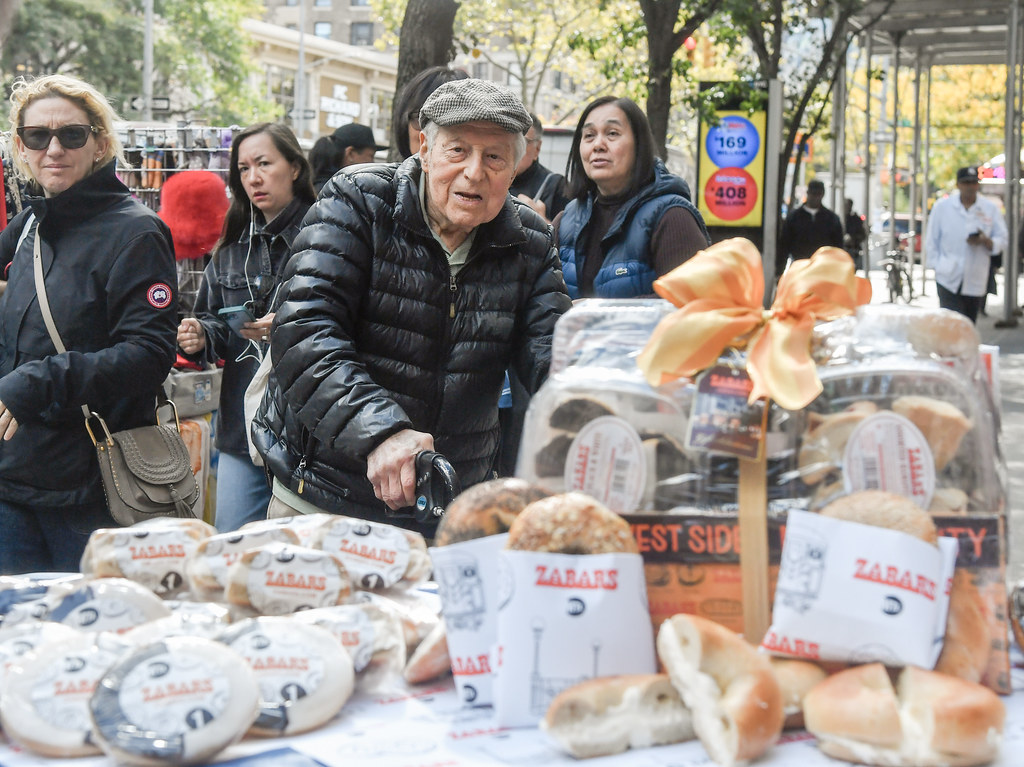
1. **The Accidental Succession: Saul’s Unforeseen Path to Zabar’s Leadership**Saul Zabar’s destiny was not initially intertwined with the bustling aisles of Zabar’s. Born on June 4, 1928, in Brooklyn, he held aspirations of becoming a doctor, a path far removed from smoked fish and artisanal cheeses. His early life, including attending Stuyvesant High School and later the University of Kansas, pointed towards a different future, one focused on medicine and healing rather than epicurean delights. This ambition reflected a young man carving out his own identity, independent of the burgeoning family business.
However, fate intervened decisively in 1950. With the sudden death of his father, Louis Zabar, at the age of 49, Saul’s plans for a medical career were abruptly put on hold. He left college, returning home to Manhattan to assist his mother, Lillian, with the family business. It was a call of duty, initially perceived as a short-term commitment to help navigate a difficult transition. “I really came into Zabar’s as a temporary assignment,” he candidly told The New York Times in 2008, a sentiment that underscored the unexpected turn his life had taken.
What began as a temporary assignment, however, solidified into a lifelong dedication. Saul Zabar never left the family business. This unexpected pivot not only changed the course of his life but profoundly shaped the future of Zabar’s itself. It speaks volumes about his character and sense of responsibility that he embraced this new role, transforming a familial obligation into an enduring legacy that would define New York’s culinary scene for generations.
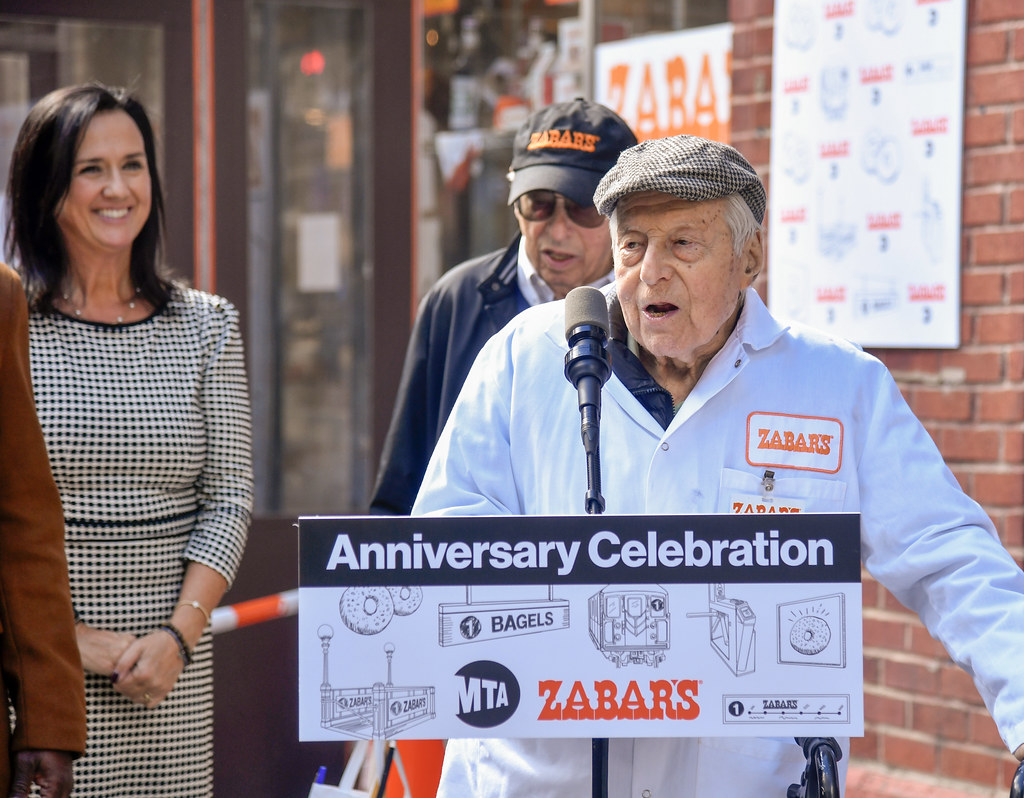
2. **From Department to Emporium: The Early Growth and Consolidation**The origins of Zabar’s were modest, a far cry from the expansive emporium it is today. It began in 1934 as simply the smoked-fish department within a Daitch supermarket on Broadway, established by Saul’s parents, Louis and Lillian Zabar. This humble beginning laid the groundwork for what would become a formidable presence on the Upper West Side, demonstrating the early vision and entrepreneurial spirit of the Zabar family.
Over time, the business experienced significant growth, expanding beyond its initial footprint. The Zabars initially operated five smaller stores, strategically scattered along Broadway, extending from West 80th to 110th Streets in Manhattan. This dispersed model allowed them to cater to various neighborhoods, building a loyal customer base piece by piece across the Upper West Side. Each of these smaller shops contributed to the growing reputation and reach of the Zabar name.
Under Saul’s guidance, a crucial strategic decision was made to consolidate these operations. The five smaller stores were eventually merged into a single, comprehensive market. This consolidation resulted in a sprawling establishment of approximately 20,000 square feet, situated prominently at Broadway and West 80th Street. This unified location transformed Zabar’s into a veritable food mecca, commanding nearly $55 million in yearly sales and establishing its iconic status as a destination for gourmands and casual shoppers alike.
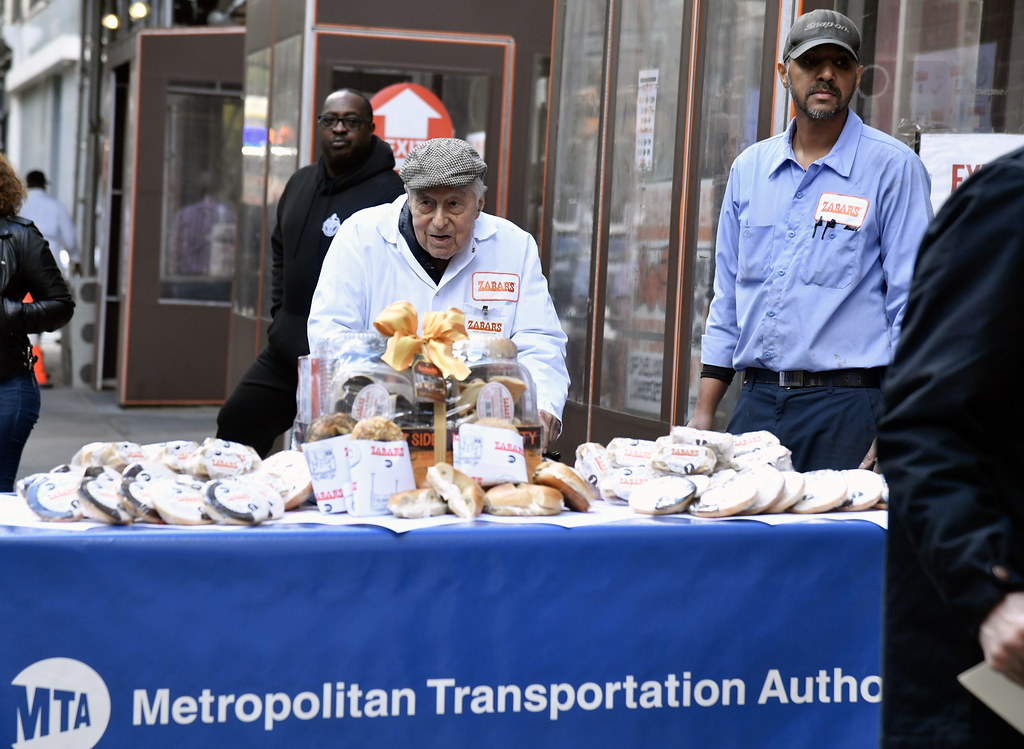
3. **The Collaborative Engine: Partnerships with Stanley Zabar and Murray Klein**Saul Zabar did not build the Zabar’s empire alone; his success was significantly amplified by key partnerships, most notably with his brother Stanley and, for many years, with the formidable marketing maven Murray Klein. This trio formed the core leadership that propelled Zabar’s from a local favorite to a world-renowned brand. Stanley Zabar, Saul’s brother, served as vice president and chief financial officer, providing crucial stability and strategic oversight, especially after Klein’s retirement.
Murray Klein, who joined the store in 1953, assumed Lillian Zabar’s share of the business and played a pivotal, albeit often turbulent, role in Zabar’s expansion for three decades. A pugnacious man and Holocaust survivor, Klein was instrumental in driving many key decisions regarding product acquisition and pricing. He possessed an uncanny knack for identifying what to buy and how much to charge, qualities that proved invaluable in the competitive New York market. His aggressive approach even led him to relish price wars, whether for Beluga caviar, Pommery mustard, or Cuisinarts, often positioning Zabar’s as a leader in value.
Despite his undeniable contributions, Klein’s relationship with the Zabars was, to put it mildly, turbulent. Saul himself reportedly didn’t even like being around him, highlighting the intense and sometimes strained dynamics within the partnership. This difficult working relationship even led to a point in the 1980s when the Zabars, stressed by the tension, were reportedly ready to sell the store. However, the resounding chorus of “don’t sell!” from concerned customers at the cash-only register ultimately reinforced their commitment to the family business, ensuring Zabar’s remained in Zabar hands, a testament to its deep community connection despite internal friction.
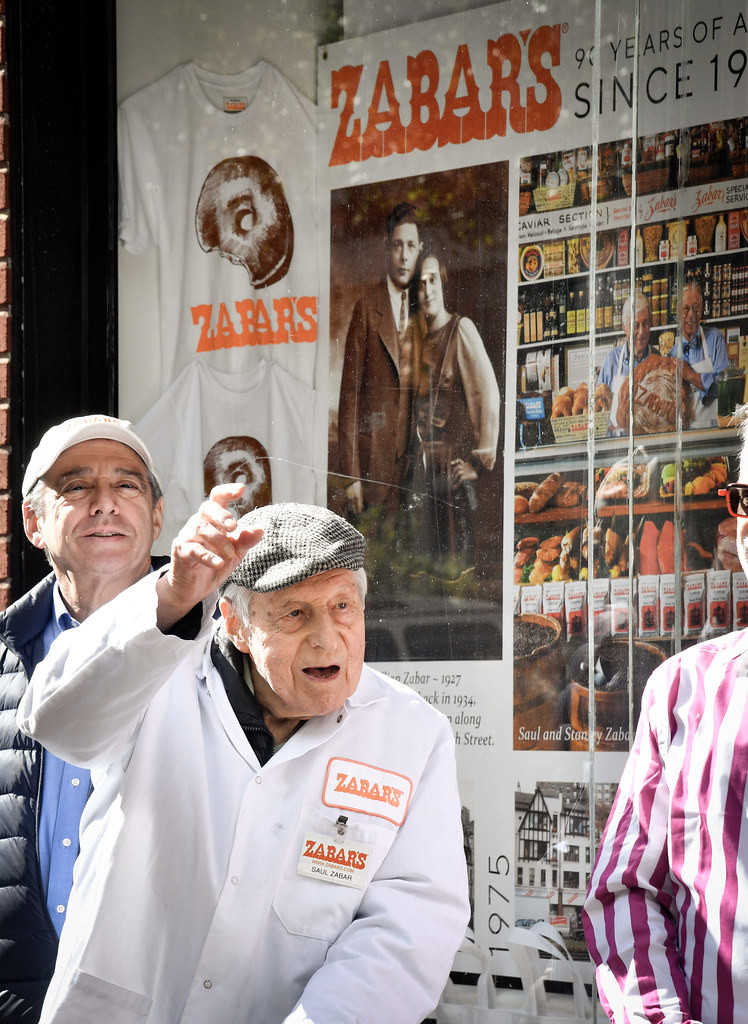
4. **A Hands-On Ethos: Saul’s Relentless Pursuit of Quality**Saul Zabar’s commitment to quality was legendary, embodying a hands-on approach that deeply influenced every aspect of the store’s offerings. He maintained dominion over the critical counters where approximately 2,000 pounds of smoked fish and 8,000 pounds of coffee were sold weekly to the 40,000 customers who frequented the store. His presence was not merely supervisory; it was an active, engaged pursuit of excellence that became a hallmark of Zabar’s. This meticulous oversight ensured that the products bearing the Zabar name met his stringent standards.
His dedication extended to the very source of Zabar’s famous products. He regularly visited fish wholesalers, personally sampling the latest catch to guarantee its freshness and taste. This direct involvement underscored his belief that true quality could only be assessed firsthand. The store also roasted its own coffee, with Saul’s office doubling as a tasting room, where he personally approved the pungent blends that became another signature offering. This level of personal scrutiny was rare, setting Zabar’s apart in an increasingly mass-produced food landscape.
A memorable anecdote encapsulates Saul’s fierce commitment to taste. A supplier recounted to New York magazine in 1992 how Saul once became so incensed by a whitefish that didn’t meet his exacting standards upon delivery that he threw it on the floor and stepped on it. When asked by The New York Sun in 2007 what he looked for in a fish, his response was both succinct and profound: “It’s got to have taste. Not too this, not too that.” This almost cryptic reply revealed a deep, intuitive understanding of flavor that could not be easily articulated but was unmistakably present in every Zabar’s product.
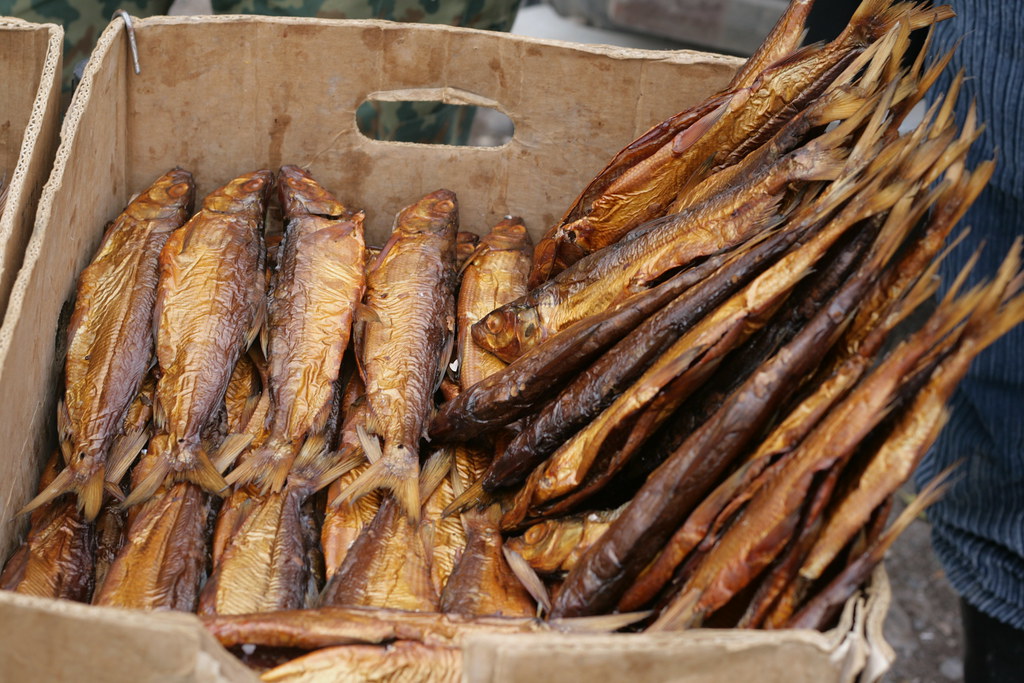
5. **The Zabar’s Product Universe: Smoked Fish, Coffee, and a World of Delicacies**At the heart of Zabar’s enduring appeal lies its unparalleled selection of gourmet offerings, a universe of delicacies curated with passion and precision. The store established its sterling reputation primarily through its smoked fish, a tradition that harks back to its origins as a specialized department. New Yorkers, and indeed visitors from far and wide, flocked to Zabar’s for its lox, whitefish, and other smoked varieties, often citing it as the best in the city. This commitment to superior fish not only gave Zabar’s its start but also provided the financial bedrock upon which other offerings were built.
Beyond the famed fish, Zabar’s became equally celebrated for its coffee, which Saul Zabar himself played a significant role in developing into a gourmet business from scratch. The store roasted its own coffee, ensuring freshness and distinctive blends that captured the loyalty of thousands. Every year, Zabar’s sells an impressive 400,000 pounds of its signature coffee blend, a testament to its quality and popularity. The aroma of freshly roasted coffee became as much a part of the Zabar’s experience as the sight of its overflowing counters.
The ground floor of Zabar’s is a veritable cornucopia of culinary wonders. It boasts a broad assortment of delicacies, including an astonishing 800 types of cheese, each carefully selected to pair with various breads available. From classic Ashkenazi foods like bagels, babka, and rugelach to an array of fish salads, pickles, and deli meats, Zabar’s offers a comprehensive gastronomic journey. Upstairs, an array of cookware completes the experience, making Zabar’s a holistic destination for both ingredients and the tools to prepare them, solidifying its place as a cornerstone of New York’s sophisticated palate.
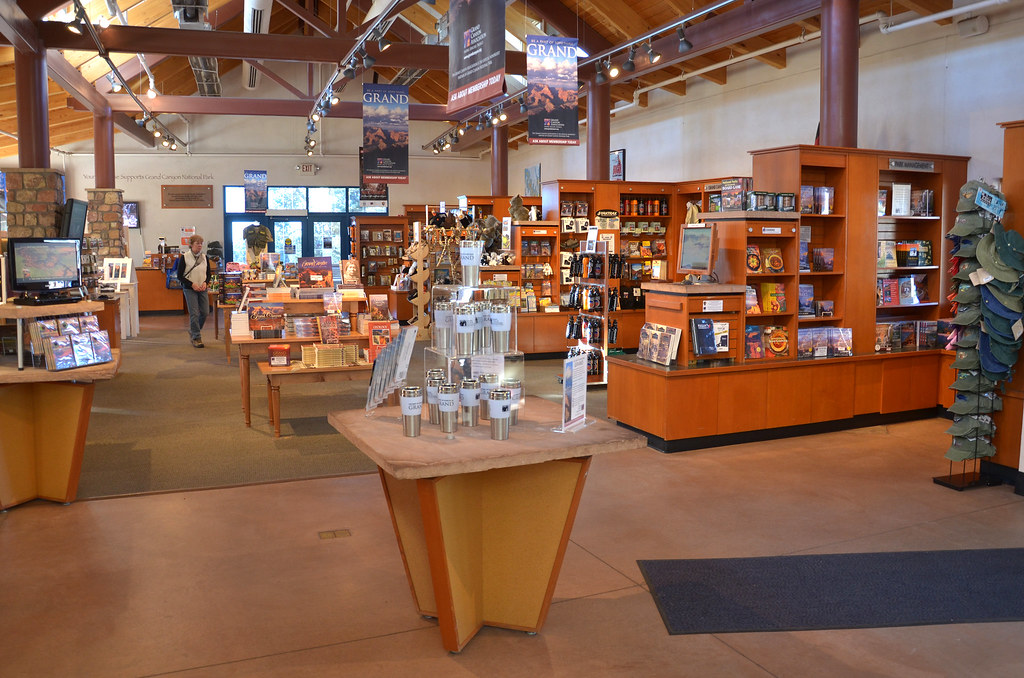
6. **A Store with a Soul: Zabar’s as a “Way of Life”**For Saul Zabar, and by extension, for the Zabar family, the eponymous store was much more than a business; it was a deeply ingrained philosophy, a “way of life.” This sentiment speaks to a connection that transcended mere commerce, embedding Zabar’s into the very fabric of the Upper West Side community and beyond. It was a philosophy rooted in tradition, where methods from 40, 50, 75, and even 200 years ago were honored, even within a modern appearance.
Saul Zabar articulated this ethos with a profound simplicity, telling Edible Manhattan in 2022, “Money is not why we do this, not why we’re here seven days a week. It’s a way of life for us. It’s kind of old-fashioned.” This statement powerfully conveys the intrinsic value placed on the work, the family legacy, and the service to the community, rather than purely financial gain. It suggests a labor of love, a dedication passed down through generations, making Zabar’s a bastion of authenticity in a rapidly changing world.
The connection extended to the store’s very location. When asked about Zabar’s iconic status as a cultural landmark on the Upper West Side, Saul Zabar responded with a pragmatic yet soulful insight in 2005: “That’s where we are. I mean, when Willie Sutton was asked why he robs banks — ‘That’s where the money is.’ We’re on the West Side because that’s where our customers are.” This remark reflects a deep understanding of his clientele and community, affirming that Zabar’s was, first and foremost, for its people, cultivating a unique romance and spirit that continues to thrive to this day.
City Councilmember Shaun Abreu, whose own family members have worked at Zabar’s, echoed this sentiment, stating, “For decades, Saul Zabar was known all over the world for running the best shop in New York City. But there are many fortunate Upper West Side families who know his legacy extends beyond the joy of a fresh bagel with lox or perfect cup of coffee. The Upper West Side won’t be the same without him, but the legacy he built won’t disappear any time soon.” This underscores that the store’s soul, instilled by Saul, is its enduring strength, fostering a profound sense of family and invested interest in the community.
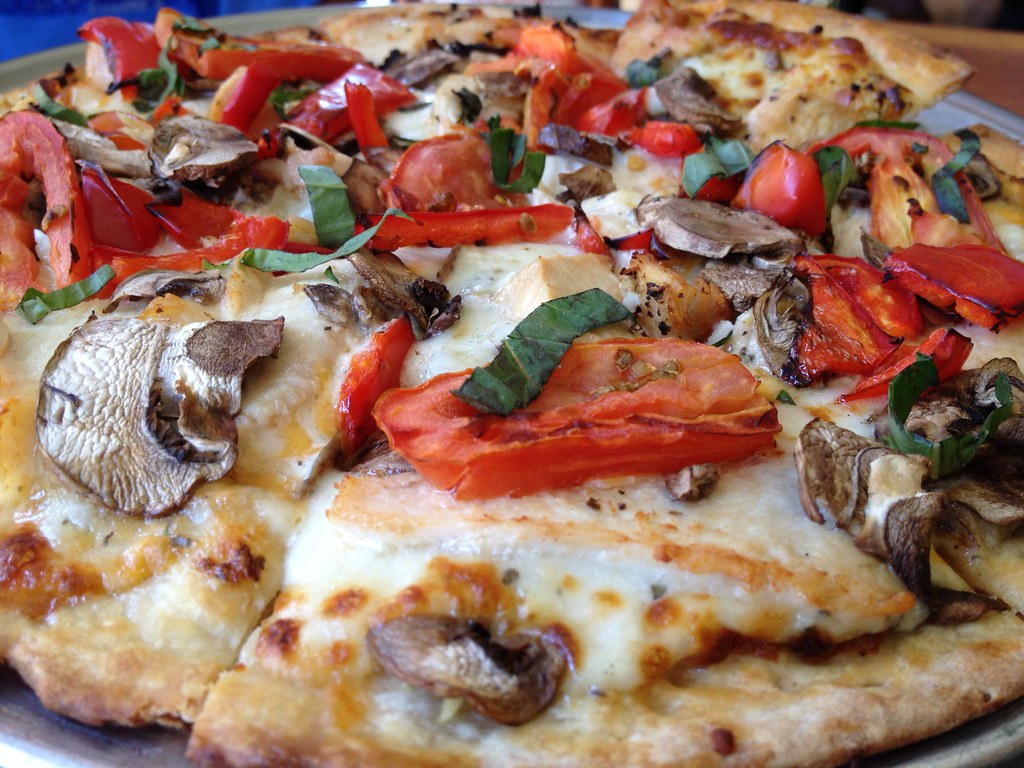
7. **Adapting to Evolving Tastes: Zabar’s Dynamic Culinary Journey**Part of Zabar’s enduring success, under Saul’s astute leadership, lay in its remarkable ability to anticipate and adapt to the evolving palates of New Yorkers. The city’s culinary landscape is famously dynamic, constantly embracing new flavors and international influences. Zabar’s did not merely cling to its traditional offerings but strategically introduced novel gourmet items, demonstrating a keen understanding of its discerning clientele and their increasingly sophisticated tastes, ensuring the store remained at the forefront of the city’s gastronomic scene.
Indeed, Zabar’s was a pioneer in bringing new epicurean delights to New York tables. In the 1960s, the store famously introduced New Yorkers to Brie, a creamy French cheese that quickly became a staple. The 1970s saw the arrival of sun-dried tomatoes and gnocchi, reflecting a growing interest in Mediterranean and Italian cuisines. This proactive approach to curating its offerings allowed Zabar’s to continuously expand its appeal beyond its traditional Jewish fare, making it a destination for a diverse array of culinary explorations.
This adaptability was seamlessly integrated with the store’s deep-rooted philosophy of quality and tradition. While embracing new trends, Saul Zabar ensured that the essence of Zabar’s — a commitment to unparalleled taste and freshness — remained uncompromised. This balance allowed the store to maintain its cherished ‘old-fashioned’ ethos, as Saul described it, even as its product range reflected a modern, globalized palate, reinforcing its status as a timeless yet contemporary culinary landmark.
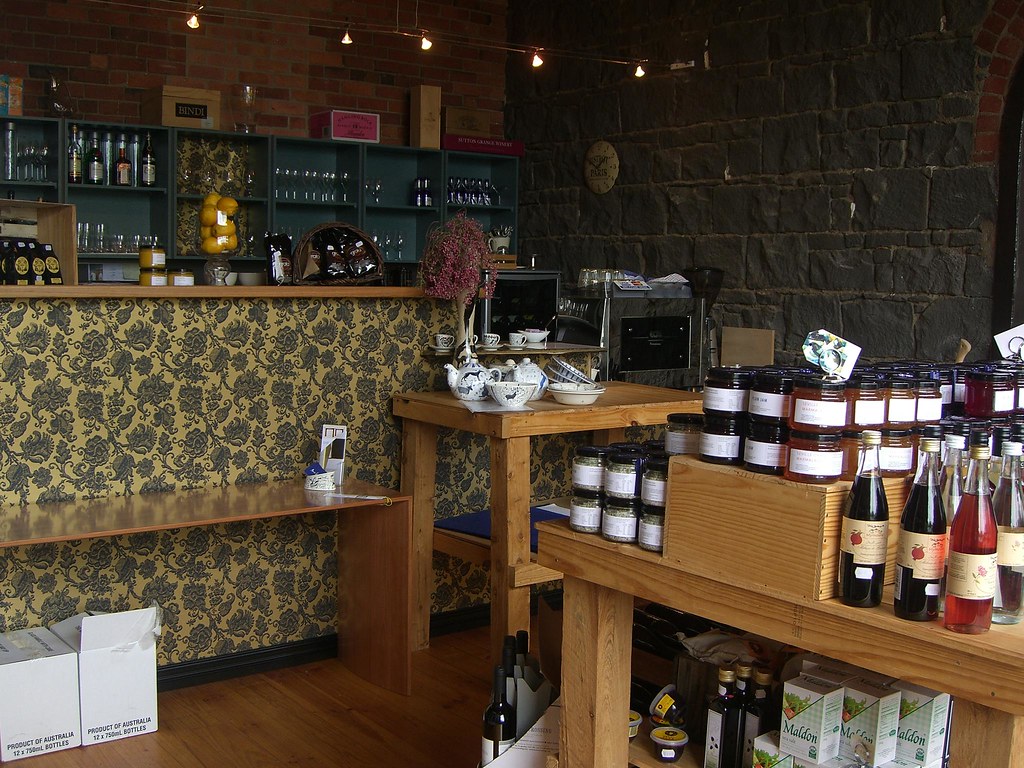
8. **Beyond Broadway: The Expansion of Zabar’s Through Mail-Order**While Zabar’s iconic brick-and-mortar store remained a beloved fixture on the Upper West Side, its reach extended far beyond Manhattan’s bustling Broadway through a robust and strategically cultivated mail-order operation. This expansion allowed the distinctive tastes and quality products of Zabar’s to be enjoyed by customers across the nation and even globally, broadening its influence from a local gem to a nationally recognized brand.
Through its website and comprehensive catalogs, Zabar’s built a thriving business shipping its signature lox, freshly roasted coffee, bagels, and meticulously curated gift baskets. This foresight in developing an accessible online and catalog presence proved particularly prescient and vital during challenging periods, such as the Covid-19 pandemic in 2020 and 2021. As in-store traffic dipped for many retailers, Zabar’s mail-order operation continued to serve a sequestered customer base, ensuring continuity and connection during unprecedented times.
This robust mail-order segment not only served as a critical lifeline during economic downturns but also solidified Zabar’s identity as a purveyor of fine foods accessible to all, irrespective of geographical location. It allowed former New Yorkers to reconnect with cherished flavors and introduced new customers to the unique Zabar’s experience, demonstrating an astute blend of traditional values and modern distribution strategies that Saul Zabar helped to champion.
9. **Zabar’s in the Limelight: A Pop Culture Icon**Zabar’s transcended its status as a mere grocery store to become an indelible part of New York City’s cultural fabric, earning frequent recognition in popular media that cemented its iconic standing. The store’s distinctive aesthetic and reputation for quintessential New York fare made it a natural backdrop and a beloved reference point in storytelling, enriching its public image and connecting with audiences on a broader, more personal level.
The emporium notably made an appearance in the Meg Ryan and Tom Hanks film “You’ve Got Mail,” a cinematic ode to Upper West Side life, further imprinting Zabar’s into the collective consciousness of filmgoers. Its presence on the popular television show “Seinfeld” also showcased its everyday prominence in the lives of New Yorkers, lending an air of authentic local color to the beloved sitcom. These cultural nods positioned Zabar’s not just as a place to shop, but as a symbol of a certain New York experience.
Beyond fictional portrayals, Zabar’s has been embraced by public figures and even collaborated with major brands, underscoring its widespread cultural resonance. Representative Jerry Nadler famously toted a Zabar’s bag containing “a babka and the constitution” to a congressional impeachment hearing, a gesture that highlighted the store’s deep connection to local identity. In recent years, Zabar’s collaborated with Adidas in a shoe launch to celebrate the U.S. Open and with Nordstrom, paying homage to its loyal Jewish customers. Partnerships with brands like Coach and even the MTA further exemplify its pervasive presence and enduring charm in the city’s commercial and social landscape.
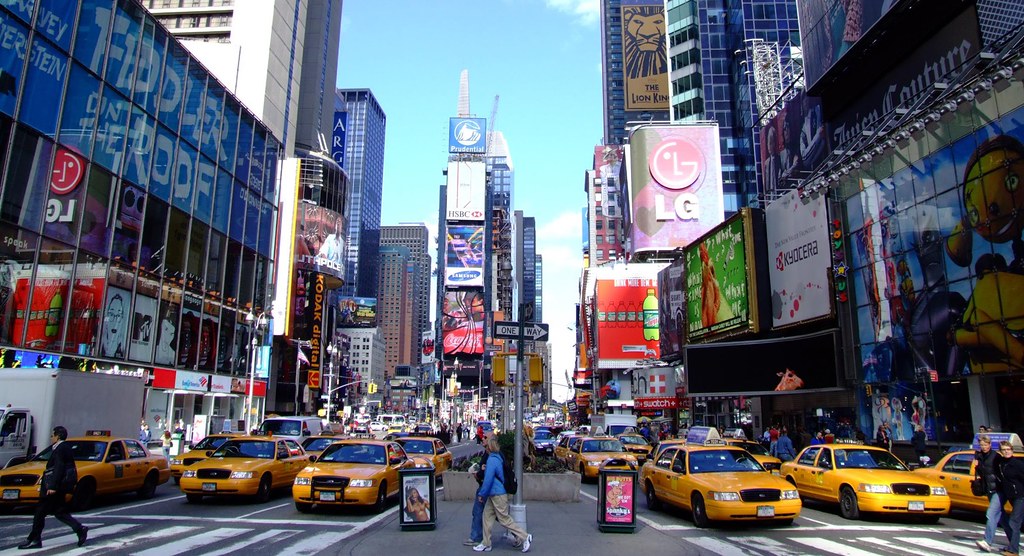
10. **A City Mourns: Tributes and Accolades for Saul Zabar**The news of Saul Zabar’s passing at 97 elicited a profound outpouring of grief and respect from across New York City and beyond, underscoring his immense impact not only as a businessman but as a cherished figure who shaped a vital piece of the city’s identity. Tributes from prominent civic leaders and community members painted a picture of a man whying something).” He further noted that with Saul’s passing, “the Upper West Side has lost a legend who turned his parents’ humble store into a culinary institution.”
Additional accolades flowed from other respected figures. Representative Jerry Nadler, known for his own affinity for the store, tweeted, “The UWS and New York City lost one of the greats today. Saul Zabar built an institution that has supplied New Yorkers, including myself, with lox, babka, and whitefish for decades. My condolences to the Zabar family and may his memory be a blessing.” Governor Kathy Hochul also acknowledged the significant loss, calling Zabar’s death “a great loss for New York City and anyone who’s ever enjoyed the ultimate bagel and lox.” City Councilmember Shaun Abreu, whose family members had worked at Zabar’s, reflected, “For decades, Saul Zabar was known all over the world for running the best shop in New York City. But there are many fortunate Upper West Side families who know his legacy extends beyond the joy of a fresh bagel with lox or perfect cup of coffee. The Upper West Side won’t be the same without him, but the legacy he built won’t disappear any time soon.” These collective tributes affirmed that Saul Zabar’s vision had indeed become an integral and irreplaceable part of New York’s cultural heritage.
The Zabar’s institution itself issued a poignant statement, recognizing the monumental loss while reaffirming the enduring nature of his influence. “Saul’s passing marks the end of an era, but his legacy lives on in every bagel, every slice of smoked fish, every cup of coffee, and every conversation that fills our store each day,” the store posted on Instagram. Scott Goldshine, General Manager of Zabar’s, echoed this sentiment, stating, “Saul’s pursuit of excellence defined not only his work, but his entire life. We will all miss his company and presence profoundly, and his spirit will forever remain at the heart of Zabar’s.” This collective remembrance highlights not just the success of a business, but the profound human connection Saul Zabar forged through his dedicated life’s work.



:max_bytes(150000):strip_icc()/whataburger-db771b6af2334cedb154c6d5d8996272.jpg)
